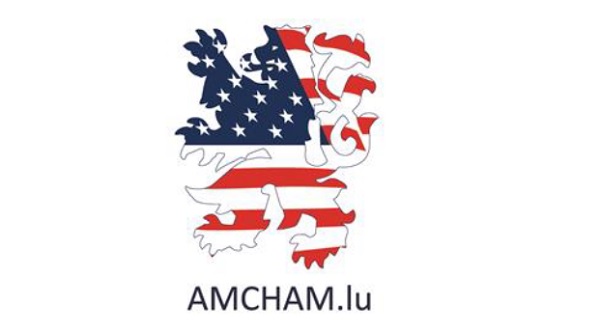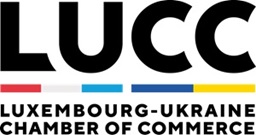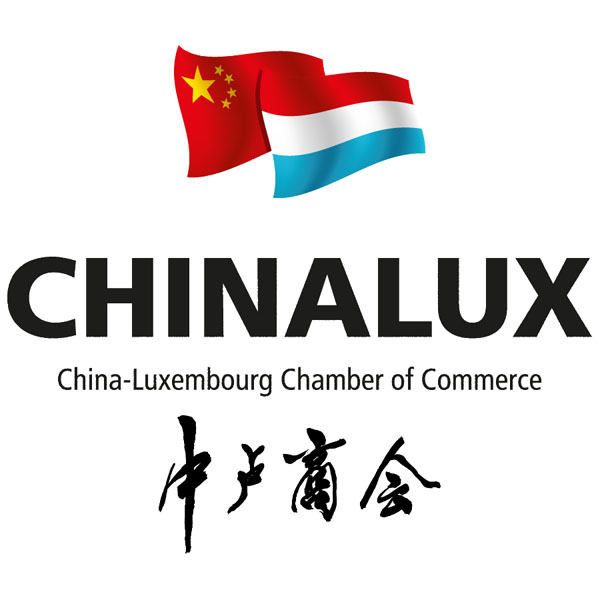 Cyanobacteria on the Moselle river in previous years;
Cyanobacteria on the Moselle river in previous years;
On Thursday 28 August 2025, Luxembourg’s Ministry of Health and Social Security, Ministry of the Environment, Climate and Biodiversity and the Luxembourg Veterinary and Food Administration issued an alert concerning the presence of cyanobacteria, also known as "blue-green algae", in the Moselle.
The ministries stated that authorities in Koblenz, Germany recently reported a significant proliferation of cyanobacteria and issued a local alert. In response, the Health Inspectorate and the Luxembourg Institute of Science and Technology (LIST) carried out checks along the Moselle in Luxembourg. These checks confirmed the presence of cyanobacteria, mostly limited to the riverbanks and stagnant water zones, with low levels in most places (ranging from category one to category two, according to the typology on www.cyanowatch.lu).
According to the ministries, the harbour in Schwebsange and the river bend at Machtum, where the water flows more slowly, showed stronger growth. At Wasserbillig, near the confluence with the Sûre, officials observed that the German bank appeared more affected when viewed from the Luxembourg side.
These waters normally contain cyanobacteria, but, under certain conditions, can grow excessively and form coloured patches (blue-greenish colour or pea-puree colour). Under these conditions, the bacteria can produce toxins that can cause health problems for humans and animals. These problems depend on the amount of toxins absorbed and include skin irritation, headache, nausea, gastroenteritis, cramps, paralysis and liver damage.
The ministries emphasised that the situation does not currently cause concern but urge the public to remain vigilant and to follow hygiene advice.








